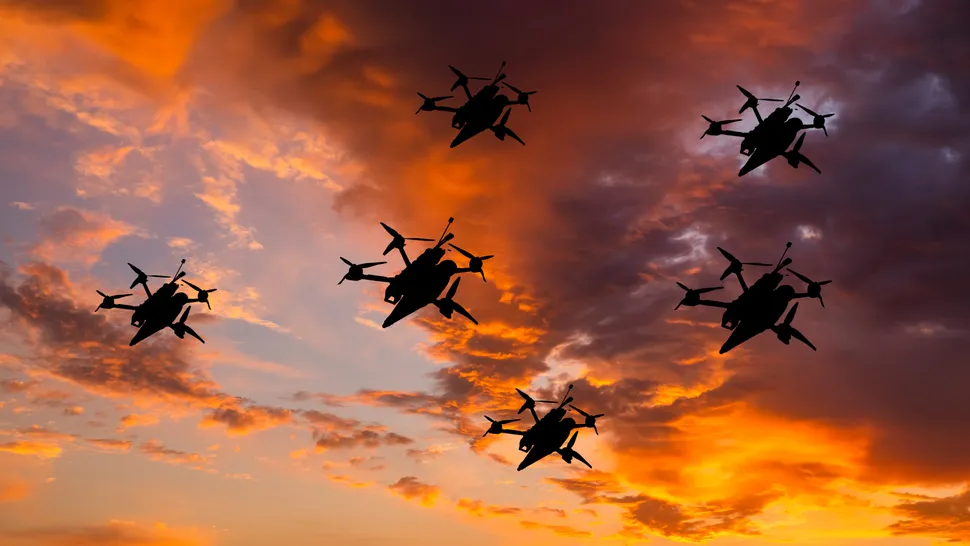Neuromorphic computing, first introduced by Carver Mead in the late 1980s, remains an evolving field in computer design theory. (Image credit: Anton Petrus/Getty Images)
Smarter Mini-Drones May Soon Take Flight with Brain-Inspired AI Chips
Imagine drones no bigger than your hand flying autonomously for hours—navigating tight spaces, identifying objects, and sharing data in real time. This futuristic vision may soon become reality, thanks to a cutting-edge project funded by the U.S. Air Force that aims to build energy-efficient, brain-inspired AI chips.
The Challenge: Power-Hungry AI vs. Battery Limits
Modern artificial intelligence (AI) enables drones to perform tasks like object recognition, autonomous navigation, and real-time data processing. But AI consumes a lot of energy—especially when running on traditional computing hardware. While larger drones can carry fuel-powered engines to offset these demands, mini-drones rely solely on battery power. As a result, their flight times can shrink drastically from 45 minutes to just 4 when AI is activated.
The Breakthrough: Neuromorphic AI the Size of a Rice Grain
Suin Yi and his team at the University of Texas have been awarded funding under the 2025 Air Force Office of Scientific Research Young Investigator Program. Their mission? To develop a neuromorphic AI chip—about the size of a grain of rice—that mimics how the human brain processes information.
Unlike traditional chips, neuromorphic computing models the brain’s neural networks, activating only when needed. This selective processing dramatically reduces energy use, potentially extending drone flight time significantly.
Conducting Polymers: A Brain-Like Approach
Yi’s team plans to build their chip using conducting polymer thin films, a material that mimics the electrical properties of human neurons. These polymers are an underexplored component of neuromorphic technology but offer the ability to process information more efficiently than silicon-based systems.
By replicating the brain’s ability to activate different regions only when necessary, these AI systems can become both smarter and less power-hungry—a perfect match for the constraints of small drones.
A Growing Field with Big Potential
Although neuromorphic computing was first proposed in the 1980s by Carver Mead, it's only recently gaining traction. In 2024, Intel revealed its Hala Point neuromorphic supercomputer, boasting performance up to 50 times faster than conventional systems.
Meanwhile, the U.S. Department of Defense’s Joint Artificial Intelligence Center is exploring neuromorphic networks for applications like robotics and battlefield headsets—sharing sensor data in real time across multiple units.
The Future: Smarter Surveillance and Remote Monitoring
If successful, Suin Yi’s brain-inspired chip could transform the landscape of drone technology. These intelligent mini-drones could be deployed in confined spaces—from collapsed buildings to combat zones—for extended surveillance without the need for frequent recharging.
With longer battery life and smarter AI capabilities, tomorrow’s drones might think more like us—and fly farther than ever before.
Sources:
- Live Science (Peter Ray Allison, 2025)
- Intel Newsroom
- Air Force Office of Scientific Research



Post a Comment
0Comments